How and when to start flower seeds indoors – to get your garden blooming sooner
Sow flower seeds on a sunny windowsill and they'll be ready to plant out when risks of frost have passed

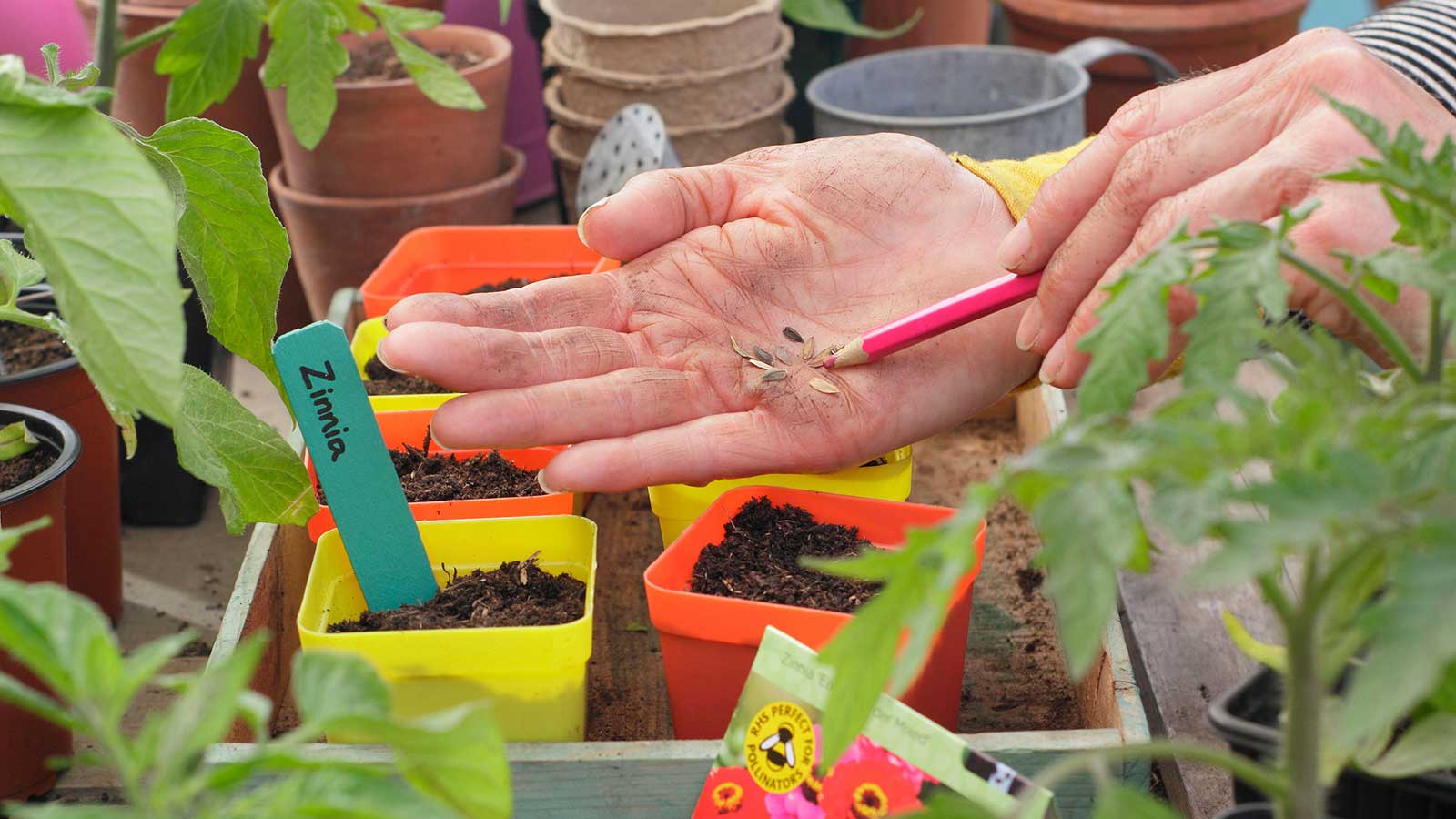
Q: I'm starting a new cutting garden bed this year and have bought lots of different packets of annual seeds to sow. Is it a good idea to start some of them off indoors? And if so, when should I do this?
A: Growing flowers from seeds is so exciting, not to mention super budget-friendly. And yes, you certainly can start some indoors, either on a bright windowsill or in a greenhouse. There are a couple of benefits to this. First, you'll get a head start on the growing season, meaning you'll get to enjoy the flowers earlier. And second, you'll be able to raise the seedlings in much more controlled conditions than if they were outdoors, which means you can give them optimal amounts of water and warmth, and closely monitor them for pests.
In terms of 'when', most annual flower seeds can be started indoors in early spring, 6-10 weeks before your region's last expected frost date. After this, they should be just about ready to be transplanted outdoors in your cutting garden and other flower beds. Some take a little longer to germinate, so do double-check the packets which should tell you. Astrid Hoffman, Owner of The Living Seed Company, lists cosmos, zinnias, marigolds, nasturtiums, sunflowers, and rudbeckia as suitable for planting indoors, but there are lots others, too.
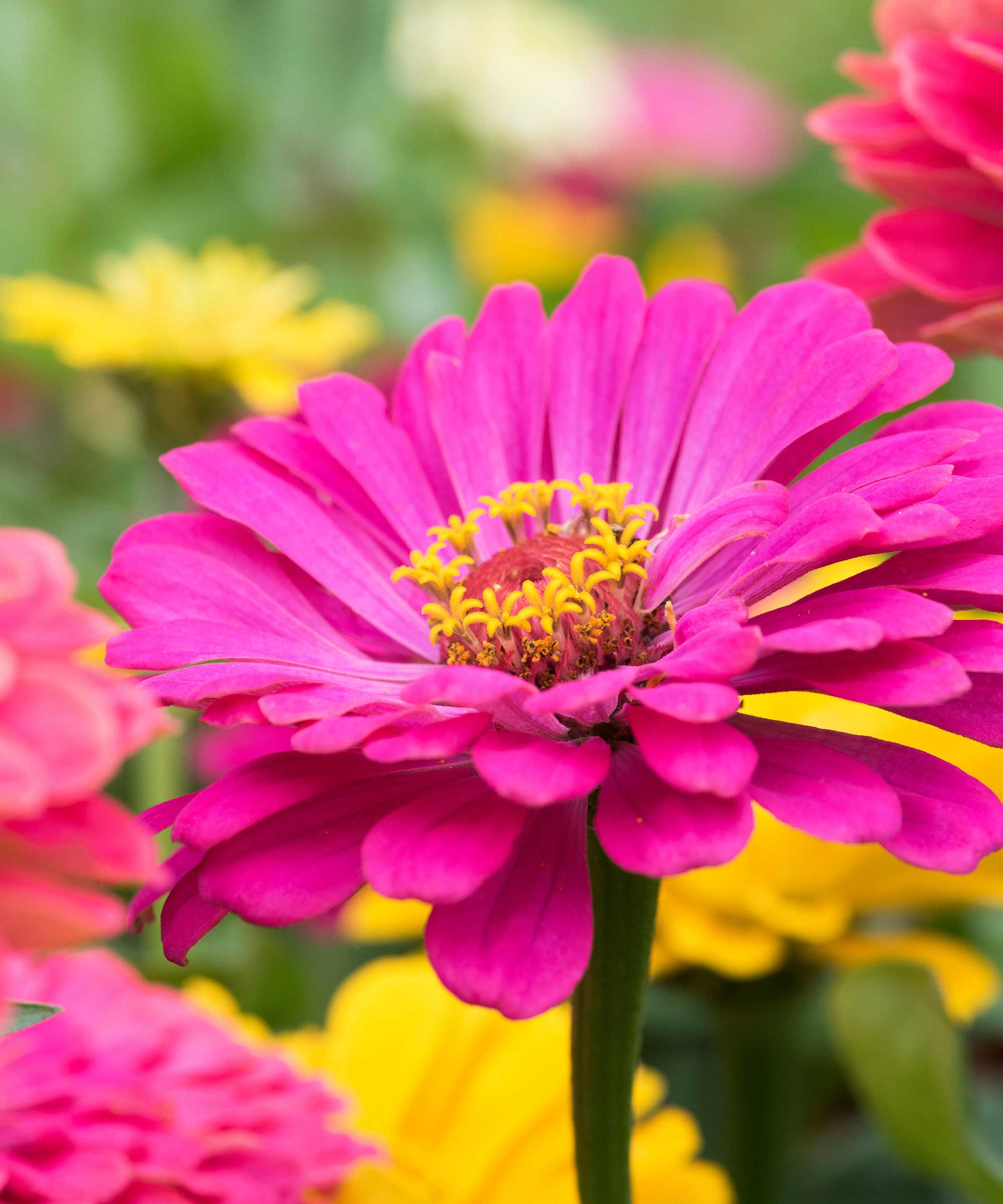
Zinnias dazzle with their vibrant hues
Flowers that are suitable for sowing indoors
Brock Ingham, the Owner of Bigger Garden, shares the following tips for sowing five popular cutting garden flowers indoors:
- Marigolds: These hardy annuals are easy to grow and come in a variety of colors. They can be started indoors about 6-8 weeks before the last expected frost. Marigold seeds typically germinate within 4-14 days.
- Petunias: These colorful annuals are a popular choice for container gardens and hanging baskets. They can be started indoors about 10-12 weeks before the last expected frost. They will usually sprout within 7-14 days.
- Impatiens: These shade-loving plants come in a range of colors and are a great choice for adding color to less-sunny spots in your garden. They can be started indoors about 8-10 weeks before the last expected frost. Impatiens seeds typically germinate within 7-14 days.
- Pansies: These cold-hardy annuals are often planted in the fall, but can also be started indoors in the spring for early blooms. If the latter, sow them about 10-12 weeks before the last expected frost. Pansy seeds usually sprout within 7-14 days.
- Snapdragons: These colorful annuals come in a range of heights and are a popular choice for cut flowers. They can be started indoors about 8-10 weeks before the last expected frost. The seeds typically germinate within 7-14 days.
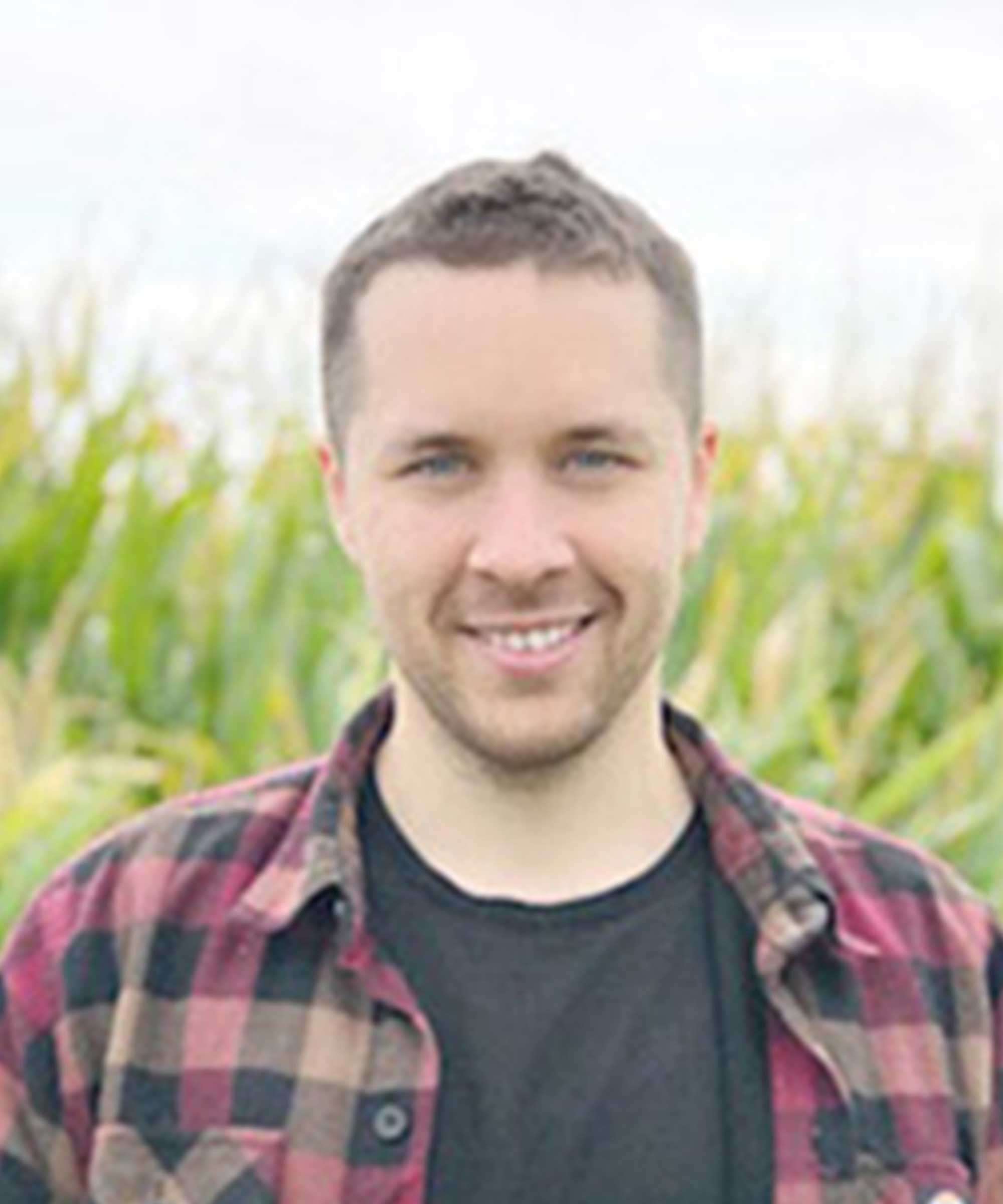
Brock is an experienced gardener with a deep passion for plants. With over a decade of experience, he has become gifted at growing some of the most unique and rare plants you'll ever come across. He's also a passionate advocate for farmers and their stories. He knows that behind every crop, there's a farmer with a story to tell, and he's committed to helping them share their experiences with the world.
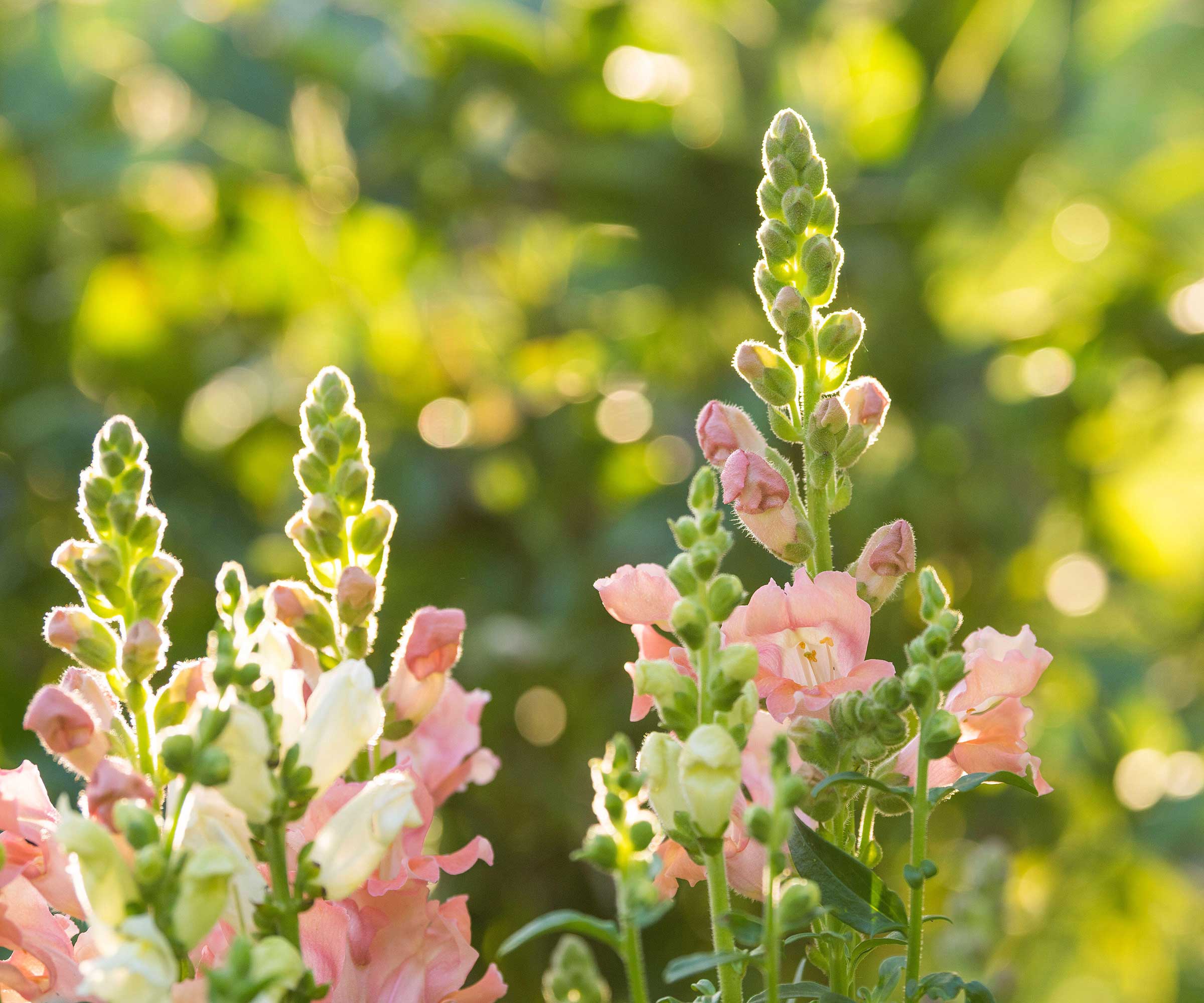
Snapdragons are a favorite for cottage garden schemes
Personally, I have had real success with sowing cosmos indoors for my allotment cutting garden. I sowed a batch into modules in early spring, and a second lot directly in the outdoor bed later on in the season, when the soil was warmer and frosts had passed. The ones started off indoors grew much taller and stronger and flowered fabulously. There are various Cosmos seed varieties to choose from at Burpee.
Sweet peas are another one that performs particularly well when sown indoors first, in my experience. Once the seedlings were strong and sturdy, I planted them into beds that had been dug over with plenty of nutrient-rich organic matter and they quickly scrambled up their supports. Alternatively, many gardeners choose to start their sweet pea seedlings way back in the fall, overwintering them in a frost-free place before planting them outdoors in spring.
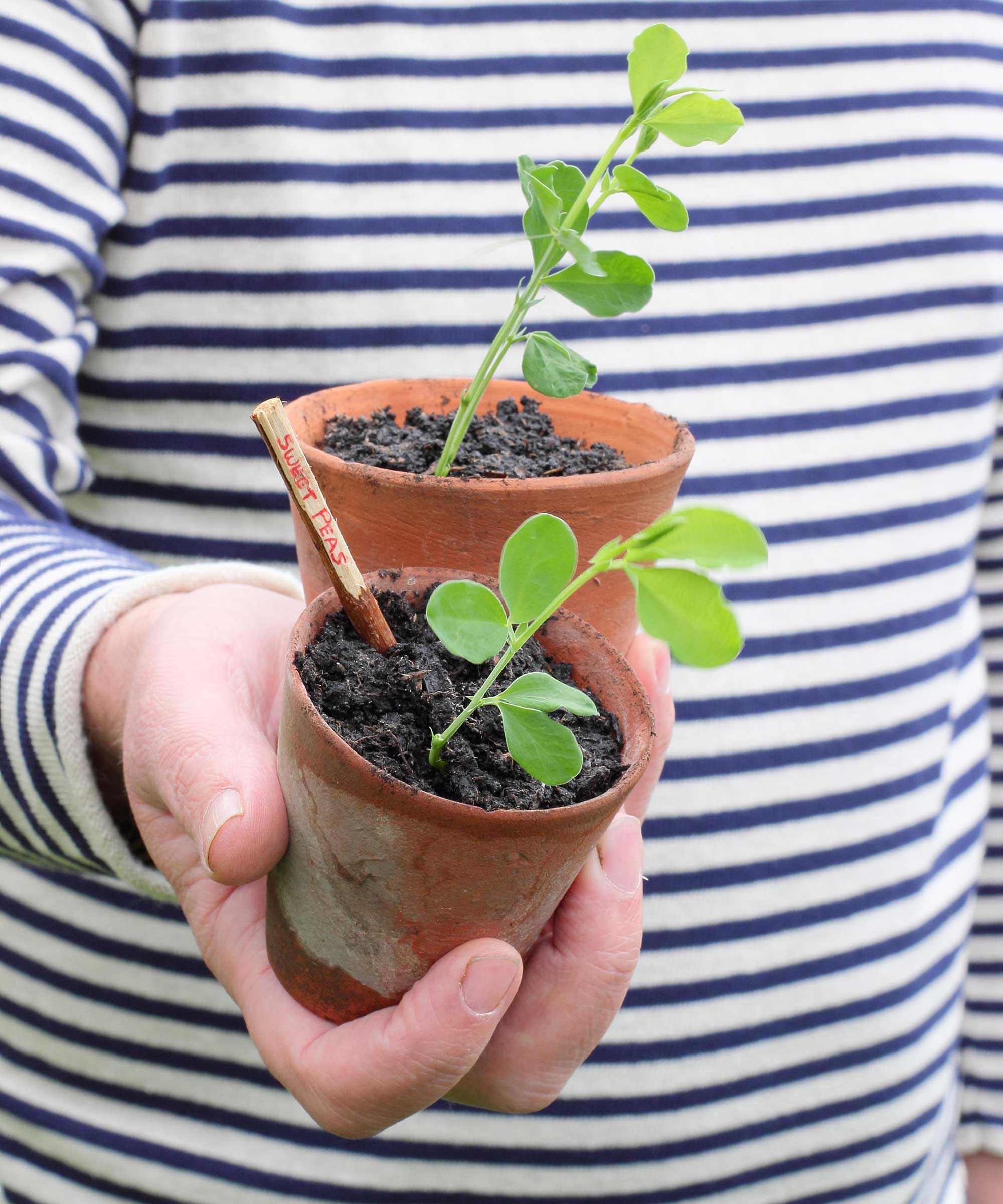
Start your sweet peas early and enjoy their fragrant blooms sooner
Tips for sowing flowers indoors
When sowing seeds indoors, there are a few things to bear in mind for the best chance of success.
Design expertise in your inbox – from inspiring decorating ideas and beautiful celebrity homes to practical gardening advice and shopping round-ups.
'Choose seeds that are less than a year old, and from a reputable source,' says Brock. 'Older seeds or seeds that have been stored improperly may have lower germination rates.'
'Plant seeds according to their specific depth requirements, typically no deeper than two times the seed's diameter,' says Candace Shah, a landscaper from GardenCare RVA in Richmond, Virginia. Using the right soil to start seeds in is important, too. 'Choose a seed-starting mix that is lightweight, sterile, and provides good drainage,' Brock advises. This Miracle-Gro seed-starting mix from Amazon is well-rated. 'Avoid using garden soil, which can be heavy and may contain pathogens.'
When it comes to watering, keep the seed-starting mix evenly moist, but not waterlogged. 'Use a spray bottle or mister to avoid washing away seeds or disturbing delicate seedlings,' Brock says.

Candace is a passionate gardener and native Richmond, Virginia resident. She graduated from Virginia Tech with a degree in Soil and Environmental Science. With a deep love for nature and a green thumb to match, she has spent years cultivating her skills and knowledge of all things botanical.
Seedlings need plenty of light, too – usually at least 12-16 hours a day, Brock says. 'If you don't have access to natural light, consider using fluorescent grow lights or LED grow lights. Position the lights about 2-3 inches above the seedlings, and raise the lights as the seedlings grow.'
Finally: temperature. 'Most flower seeds germinate best at temperatures between 60-75˚F. Use a heating mat or other heat source to maintain a consistent temperature.' This VivoHome one from Amazon is less than $16. 'Be sure to check the temperature regularly, as overheating can be just as damaging as cold temperatures.'
Once your seedlings have developed their first set of true leaves, thin them out to ensure that each plant has enough space to grow, Brock continues. His top tip? 'Avoid pulling seedlings out of the soil, as this can damage the roots of the remaining plants. Instead, use scissors to snip off the excess seedlings at the soil level.'
After the last frost, transplant your seedlings outdoors, following each plant's specific spacing and sunlight requirements, says Candace Shah. Before you do so, though, you'll need to acclimatize them. 'Gradually harden off the seedlings by exposing them to outdoor conditions for a few hours per day, increasing the duration daily over a week or two.'
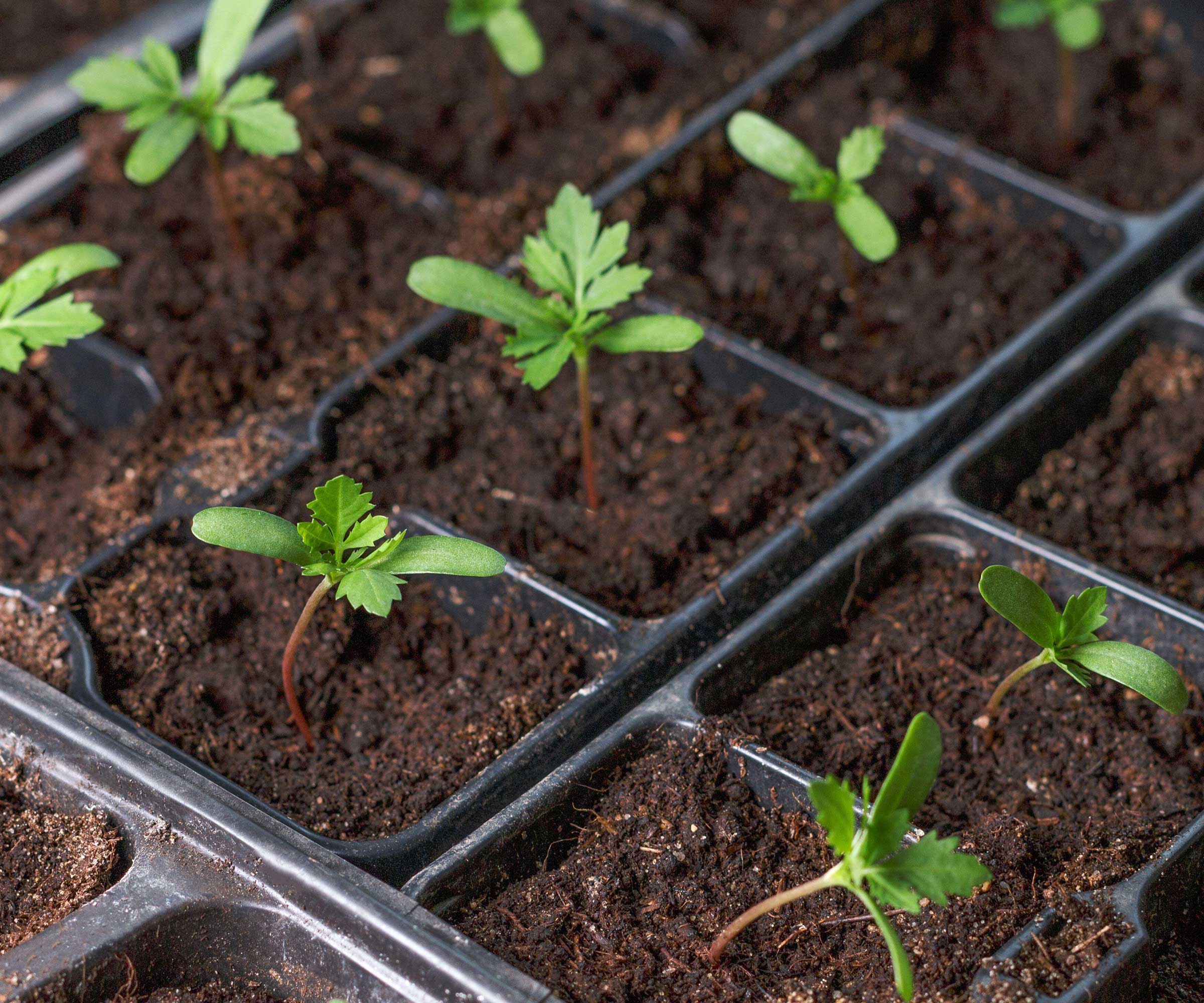
Marigolds are easy to start indoors
FAQs
Should I start all of my flower seeds off indoors?
Unless you have a very large greenhouse, or only a few packets of seeds, you probably won't have room to start all your flower seeds off indoors. But even if you do, staggering sowings means you'll get blooms for longer – as the earliest-sown ones finish flowering, the later ones will start to put on their show.
Once temperatures are warm enough and frosts have passed, you can begin to sow some flower seeds directly outdoors if you wish. This can be as simple as scattering an entire pack of seeds onto a sunny patch of soil, which is what I've done in the past with poppies. You'll have a block of beautiful color within just a few weeks.
Start sowing your seeds now and you'll be rewarded with a longer season of beautiful blooms in your backyard. And if you tend to them carefully and give them the strongest possible start, they may well be your best performers of the year.

Holly started writing about gardening five years ago, and she is a regular contributor to Homes & Gardens. She has also written many gardening features for Woman & Home and Real Homes, too. She has previous experience as a professional gardener, where she helped to plant and maintain private gardens. Holly has also looked after allotment plots over the years and loves to grow her own flowers and veggies from seed. In her spare time, she enjoys visiting local gardens, botanical drawing, and tending to her ever-growing collection of houseplants.